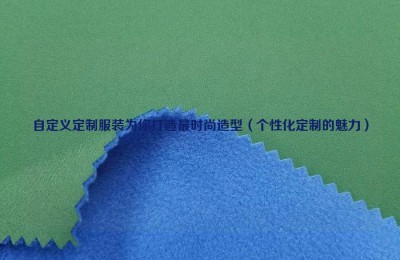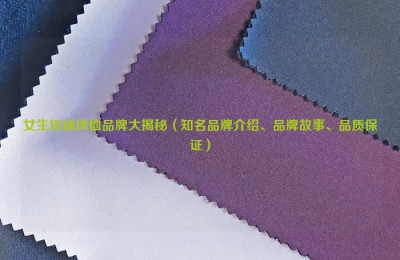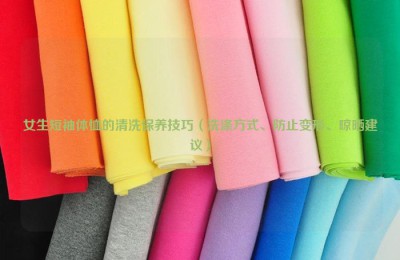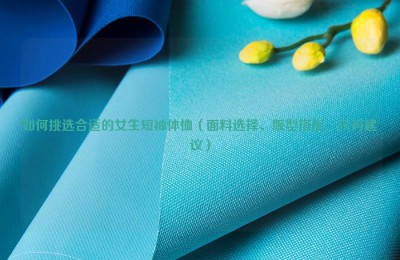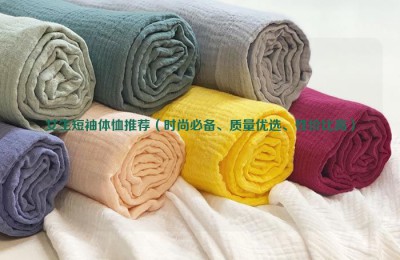According to research reports, the U.S. apparel and footwear retail industry is expected to continue to grow broadly in 2019, but the imposition of additional tariffs on imported goods from China may have a negative impact on the company’s profitability. threaten.
Moody’s Investors Service’s latest forecast report points out that the U.S. economic background is improving, cost-saving measures, acquisition synergies, new product launches, and targets Improved marketing efforts, improved inventory levels, and reduced inventory clearances mean profit growth will become commonplace.
Many companies also continue to strengthen the development of business opportunities in the international market, especially in emerging markets like China. Increased economic expansion in China will often promote the purchase of branded garments.
However, tariffs are the biggest threat to future profit growth for companies. Earlier in June, tariffs on $200 billion of goods exported from China to the United States were raised to 25%. In addition, there are plans to impose an additional 25% tariff on all goods exported from China to the United States, including ready-made clothing and footwear products.
Raising tariffs on China or other countries will increase the cost of selling goods in the United States for all U.S. companies that import goods from China. Moody’s analysts said that consumers may be adversely affected by the increase in retail prices, thereby reducing purchases, and ultimately causing corporate sales to shrink. However, U.S. brand recognition may also be affected in countries caught in U.S. tariff disputes.
So far, garments and footwear have been largely excluded from the list of Chinese goods currently facing increased tariffs, possibly because they are already One of the products with the highest tariffs on imported goods into the United States.
The situation began to change on September 24, 2018, when tariffs on $200 billion of Chinese-made goods exported to the United States were increased by 10%. The list of items related to ready-to-wear is restricted and includes certain ready-to-wear accessories such as handbags and leather gloves, textiles and yarns, leather and cotton.
Moody said that until companies can take measures to address rising costs, such as shifting production or cutting costs, so that companies can capture broader growth, pressure on margins will emerge. .
While companies may also choose to raise prices, they may find it challenging to fully absorb the increased costs, as consumers may be unwilling to pay higher prices.
Analysts pointed out that over a period of time, many companies in this industry have transferred Chinese-made goods exported to the United States to countries such as Vietnam or Cambodia for production. However, as more and more companies move their production bases to lower-cost countries, capacity constraints may lead to increased production costs in the new countries due to increasing demand.
Rising input costs
Profit growth amid tariff issues Pressure may come from rising cotton prices and further strength in the U.S. dollar.
Cotton is a key input cost for the garment industry. Cotton prices have risen again, from 70 cents in mid-February 2019 to 79 cents in early April 2019. points, with a price increase of 13%. Still, when prices peaked at $2.15 per pound in 2011, cotton prices were still far from “cotton/bubble” levels.
Normally, it takes about 6 to 9 months from when cotton prices rise to when consumers feel the price impact from the mall; that is, assuming that the company wants to increase Product selling price. Some companies that manufacture products with higher cotton content may be affected by sharp increases in cotton prices.
In addition, the US dollar began to strengthen in mid-2018. Garment companies typically purchase goods from foreign manufacturers in U.S. dollars (mainly in Asia) and sell them in foreign markets in local currencies. Therefore, a stronger U.S. dollar will increase the cost of goods sold by overseas corporate entities.
Garment companies usually use foreign exchange contracts to financially hedge purchased inventory, with an average pre-planning basis of 6-12 months. If the dollar strengthens and remains high, costs will increase as hedging is rolled out and the cost of goods sold in non-U.S. markets will increase.
Some companies have adopted pricing measures to at least partially offset rising costs, while others have done so by offering new, innovative products that sell at higher prices.
We believe the impact of these cost increases will be manageable due to optimized inventory status, coupled with the benefits of cost-saving measures and a reduced promotional environment, analysts said.
Positive Outlook
“USApparelOutlookUpdate” “It is predicted that the operating profit of the U.S. garment and footwear industry will grow by 6-7% in 2019, and the sales growth rate will be 4-5%. This follows a very strong performance in 2018, with profits growing by more than 9.5% and sales rising by 6.5%, and two extremely challenging years in 2016 and 2017, when profits fell by -2.5% and -1.0% respectively.
The outlook includes international sales. It is estimated that the overall growth rate of U.S. garment companies will have double-digit growth, which is a good example for the slow-growing and more mature U.S. market. Overall revenue significantly boosted its��long.
Sportswear, trackwear and denim are increasingly overtaking the global market due to increased casualness coupled with a more active consumer lifestyle.
AAA flame retardant fabric mesh SDFWFWFWE


